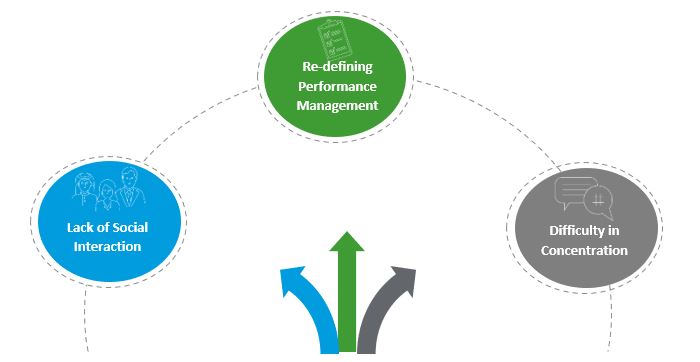Remote Working – The Do’s and Don’ts
The current global Covid Pandemic has disrupted and changed the modus operandi of businesses radically and rapidly. Overnight, remote working was transformed from a possible reality to a present necessity. Many business leaders have found themselves unprepared for this new reality and are being faced with various challenges, amongst which are:-

Lack of Social Interaction
Social interaction in a physical office can be more easily facilitated. A quick chat over coffee or a two-minute corridor conversation, would sometimes be enough to catch up and foster a sense of belonging with colleagues. Remote workers are not only in danger of social isolation, but also professional disengagement.
Re-Defining Performance Management
Managers might be unsure on how to maintain visibility on the level and quality of work output. Employers need to trust that their employees will get the job done in their physical absence, which might be a new concept for some leaders to grasp. Employees, on the other hand, might struggle with reduced access to managerial support and face-to-face communication.
Difficulty in Concentration
Remote working can create a whole other set of interruptions and distractions to adapt to. The home environment might make it easier to be sidetracked into other non-work activities. Furthermore, with children also at home, parents are faced with the added challenge of caring for their children and upholding their usual work responsibilities.
Practical suggestions for business leaders
DO
- Make sure that everyone in the team is comfortable using the technological tools available and that the right technology is in place.
- Clearly explain goals and expectations to your people. This will help ensure that everyone is on the same page when it comes to work outputs required.
- Empower your people: establish the parameters but trust employees to make their own choices about how best to accomplish their tasks.
- Set-up structured, daily check-ins to promote transparency and more precise communication. Also, provide opportunities for informal team chats and meetings to maintain social interaction amongst the team.
DON’T
- Detach yourself from your work, team and company. Keep the company culture alive through the digital tools and virtual spaces.
- Expect employees to be available 24/7. Encourage your people to take frequent breaks and go out for some fresh air keeping physical distances.
- Be empathetic and manage expectations - this is not ‘business as usual’. Be mindful that employees are operating within times of significant stress, uncertainty and psychological upheaval.
- Be rigid – remote working on this scale is a new phenomenon so do not hold back from re-adjusting your initial plans as needed.
HOW CAN WE HELP YOU?
- Perform Rapid Business Risk Assessment to identify scenarios and the implications on critical functions, processes and activities.
- Develop an Action Route Map to the different scenarios and define policies, communications to manage People, Customers, and Supplier during disruption and force majeure
- Staffing Strategy to support the critical operations and setting-up Remote Working arrangements, policies and leadership guidance
- Communications Planning to guard against reputational risk as well as confusion among employees, leaders, and clients
- Supply and Vendor Assessment and Mitigation Planning
- Business Continuity Planning to run critical operations
Contact us today for more insights and support:
Gordon Micallef - Partner ([email protected])
Fabianne Ruggier - Senior Manager ([email protected])
Link here for our resource centre on the global insights about the Coronavirus
